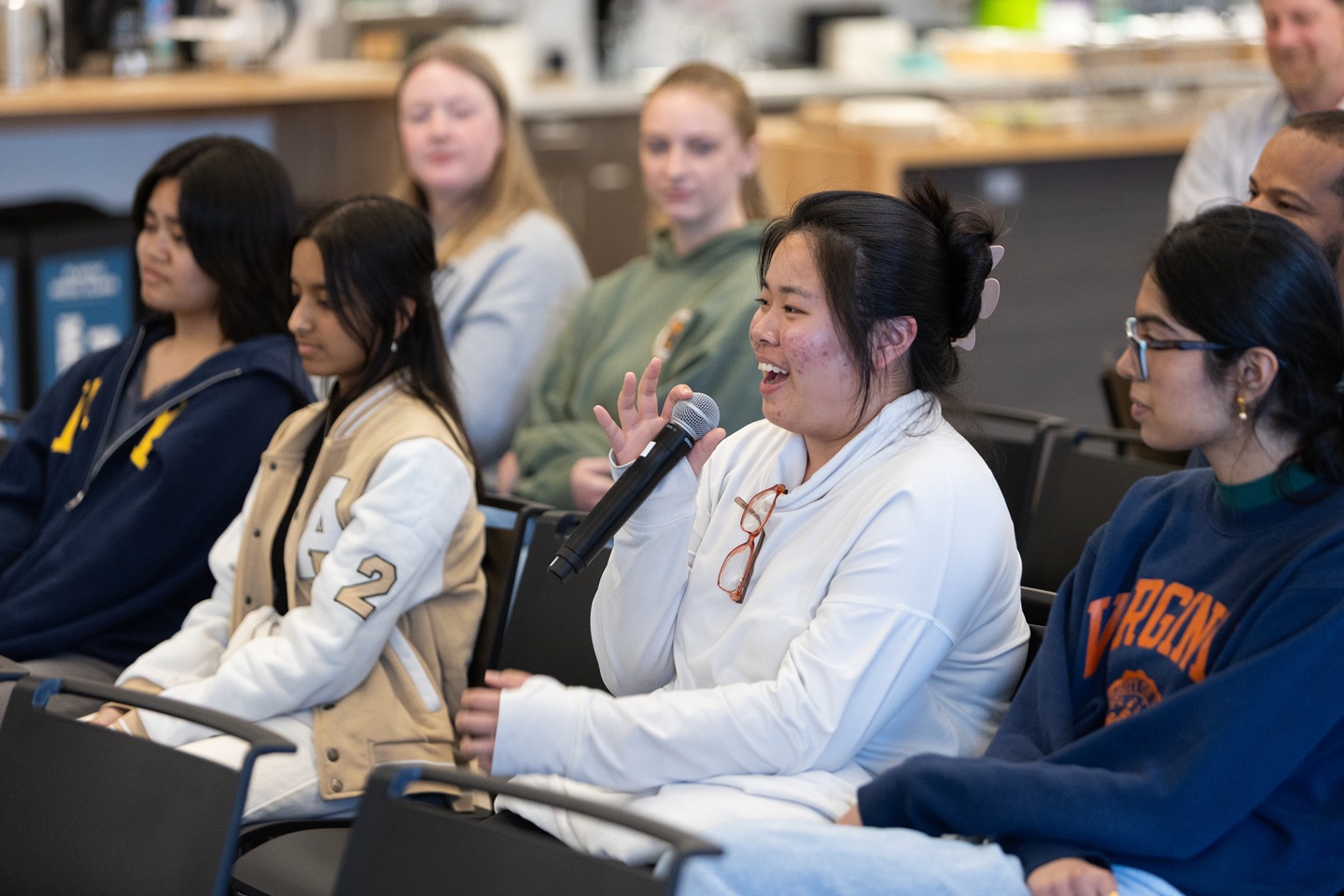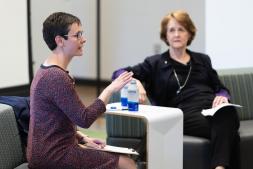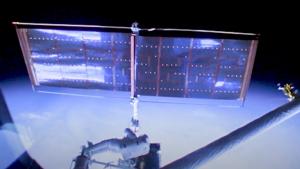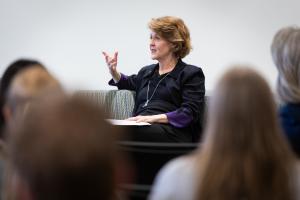
A week after Suni and Butch — formerly stranded astronauts Sunita Williams and Butch Wilmore — finally came home safely to Earth after nine long months in space, former NASA astronaut Kathryn C. Thornton reflected on their ordeal.

“They are professionals, and they did what they had to do,” said alumna Thornton, the University of Virginia School of Engineering and Applied Science professor emeritus of mechanical and aerospace engineering. “I can't imagine there's any place they would rather have had their service extended.”
Thornton commented in March on this and a host of other space-related topics during a “fireside chat” held at UVA Engineering’s Link Lab in honor of Women’s History Month.
Her thoughts, informed by her experiences, engaged a lively in-person audience of students and faculty, as well as viewers on Zoom.
NASA was one of the first organizations in the country, I think, to truly accept people for what they could contribute.
Thornton is a Double Hoo who earned her M.S. and Ph.D. in physics from UVA, in 1977 and 1979 respectively. Thornton was working as a physicist at the U.S. Army Foreign Science and Technology Center in Charlottesville in the early 1980s when she applied to NASA to be among the third class of astronauts to include women. NASA ultimately hired her in 1984. She went on to become a mission specialist for four space shuttle flights
“NASA was one of the first organizations in the country, I think, to truly accept people for what they could contribute,” Thornton said. “They didn't integrate or include women because it was the right thing to do. The women's movement and civil rights movement at that time forced their hand. But they embraced it and treated us all like astronauts.”
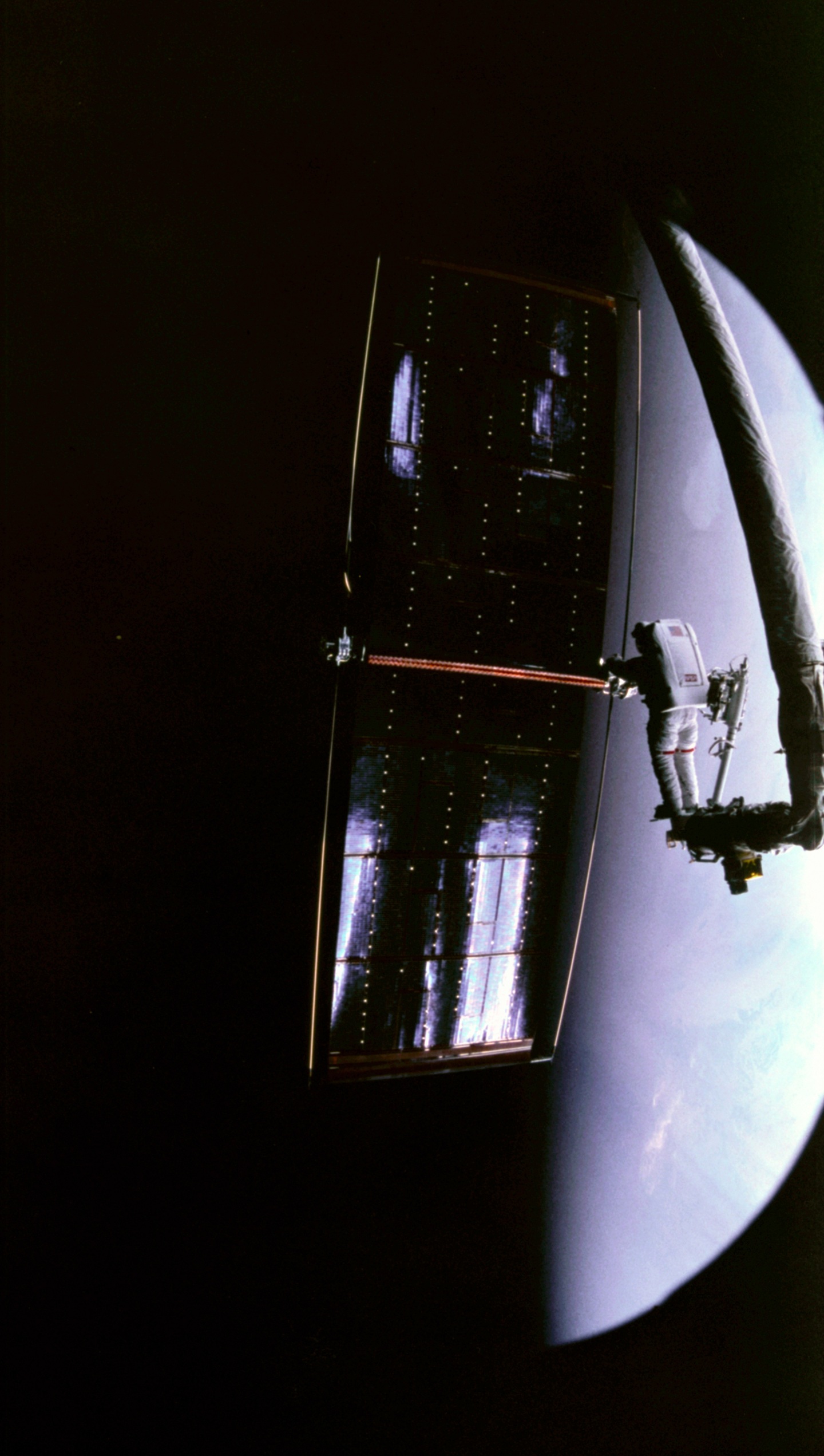
Of her 975 hours working in space, more than 21 of those hours involved working outside of the shuttle.
The spacesuit wasn’t a great fit for her relatively small body, she said.
“The suits that we would use to spacewalk were originally planned to have sizes to fit the 5th percentile of American women to the 95th percentile of American men,” she said. “I was probably the only person flying small.”
NASA could customize aspects of a spacesuit, to a small extent, but Thornton also felt there was a fine line between complaining, and possibly losing her chance to fly, and adapting.
Flight suits worn for flying in NASA’s T-38 aircraft, however, could be more easily adapted because they were simpler.
“I got to where I would get issued two flight suits,” she said. One size she used for the top, the other size for the bottom.
Then, “I'd cut them in the middle,” she said to laughter. “I would take half of this one and half of that one. That was doable.”
Chloe Dedic, an associate professor of mechanical and aerospace engineering, served as moderator. She and students asked additional questions about the fear and grandeur involved with being in space.
Thornton remained low-key on the topic of worry, however. She said staying focused on tasks helped her manage any anxiety that she had.
